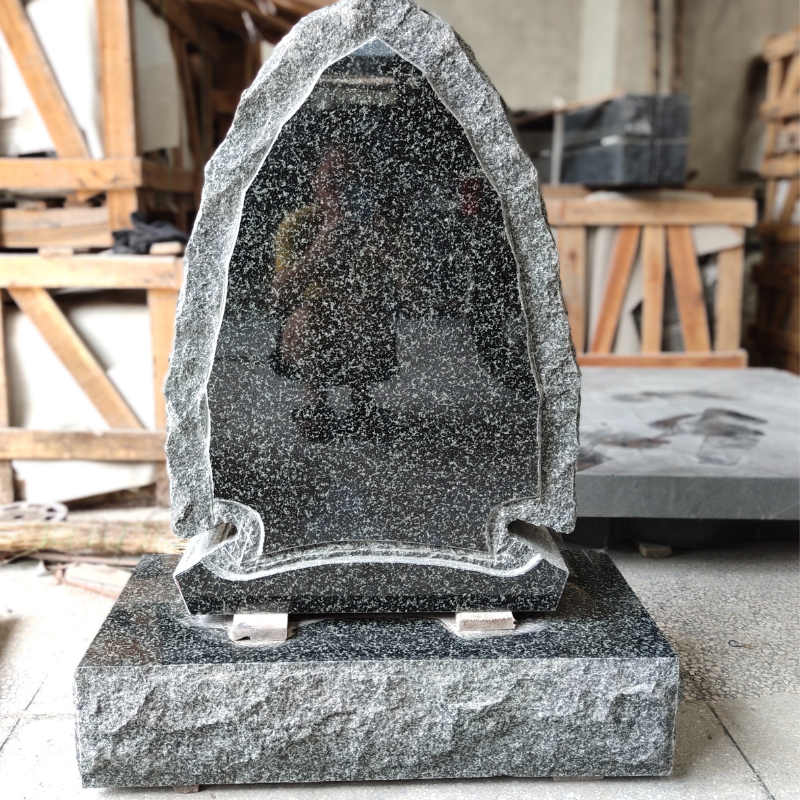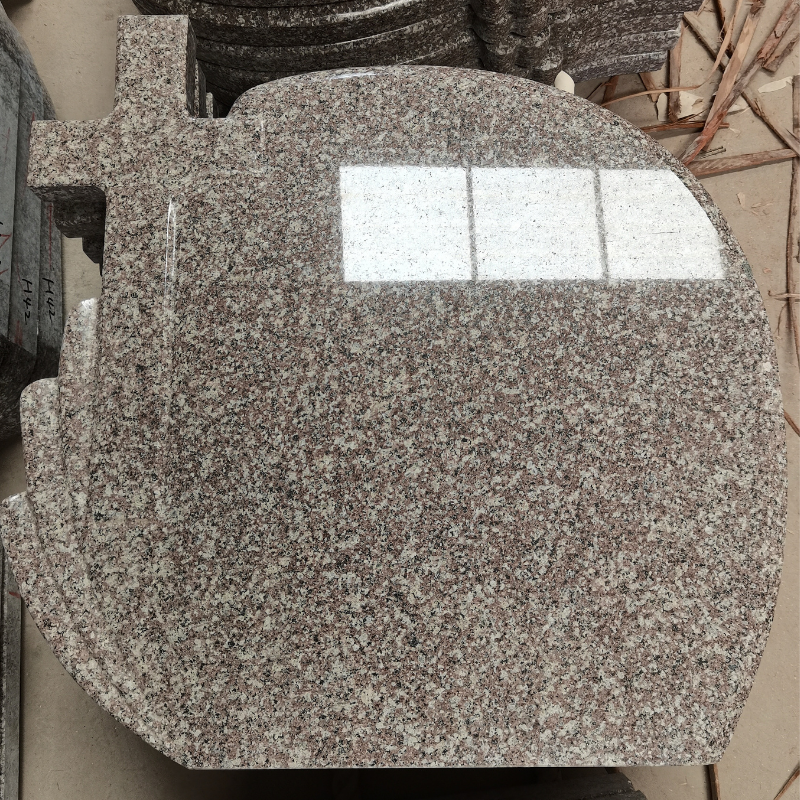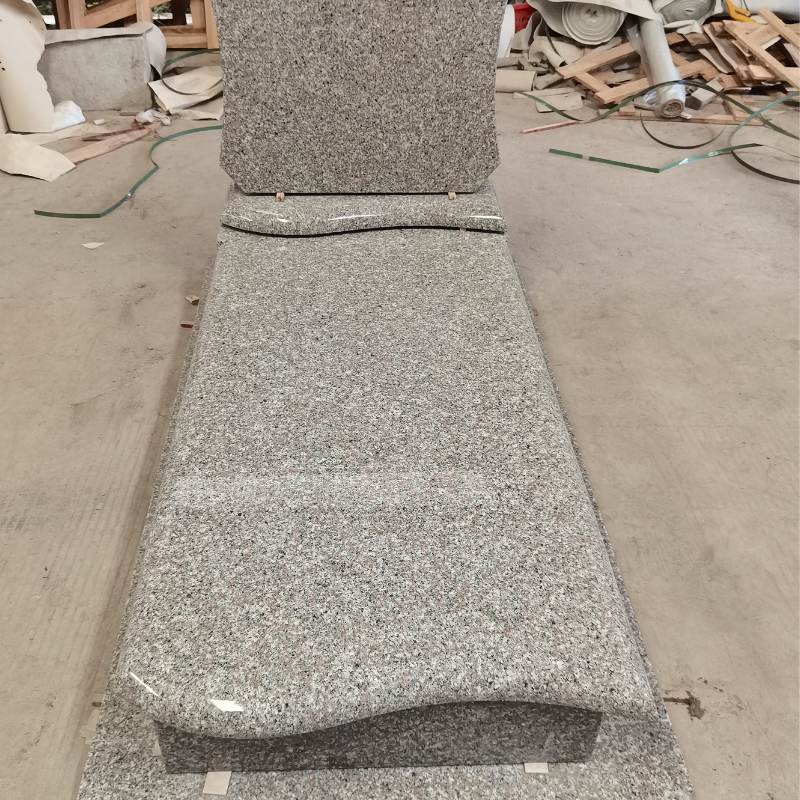Explore the Meaningful Headstones in Poland: Tracing the Country's Heritage
Polish headstones are a significant part of the country's cultural and historical landscape. These headstones, found in cemeteries and burial grounds across Poland, carry a wealth of information about the individuals buried beneath and the eras in which they lived. They range from simple and traditional designs to elaborate monuments that reflect the nation's religious, artistic, and social values.
In Poland, traditional headstones often have strong religious connotations. Many are adorned with Christian symbols such as crosses. The cross is a central element and can vary in design, from a simple Latin cross to more elaborate crucifixes. These religious symbols not only mark the burial site as a place of rest for the departed soul but also serve as a reminder of the faith that was an integral part of the lives of many Poles. The materials used for headstones in Poland have also evolved over time. Stone, such as granite and marble, has been a popular choice for centuries due to its durability. Granite headstones are known for their strength and resistance to the elements. They can be carved with great precision to create detailed inscriptions and decorative elements. Marble, on the other hand, has a more refined and smooth appearance, making it a preferred option for more elaborate designs. Polish cemeteries also feature headstones that reflect different historical periods. In medieval cemeteries, headstones were often simple and might have had basic inscriptions in Latin or the local language. As time passed, during the Baroque and Rococo periods, headstones became more ornate. Intricate carvings of angels, saints, and floral motifs were added to beautify the memorials. These designs were not only a display of artistic skill but also a way to express the religious fervor and social status of the deceased and their families. In the context of war and conflict, Polish headstones take on a particularly poignant meaning. In cemeteries dedicated to the victims of World War II, headstones serve as a solemn reminder of the sacrifices made. The inscriptions might include the names, dates of birth and death, and sometimes a short message commemorating the fallen. For example, in the cemeteries near the Auschwitz - Birkenau concentration camp, the headstones of the victims tell a tragic story of the Holocaust and the lives lost in the most inhumane circumstances. Modern Polish headstones are also diverse. Some families choose to have more minimalist designs that focus on the name and a simple symbol. Others might incorporate elements of modern art, such as abstract shapes or unique combinations of materials. These headstones reflect the changing tastes and values of contemporary Polish society while still maintaining a connection to the country's rich traditions of memorialization.

 Discover the Fascinating Monum...
Discover the Fascinating Monum...  Explore the Captivating Monume...
Explore the Captivating Monume...  Uncover the Splendid Hungarian...
Uncover the Splendid Hungarian...  Discover the Magnificent Monum...
Discover the Magnificent Monum...  Explore the Captivating Monume...
Explore the Captivating Monume...  Explore the Fascinating Headst...
Explore the Fascinating Headst...  Uncover the Diverse Headstones...
Uncover the Diverse Headstones...  Discover the Enigmatic Headsto...
Discover the Enigmatic Headsto...  Explore the Meaningful Headsto...
Explore the Meaningful Headsto...  Uncover the Intriguing Headsto...
Uncover the Intriguing Headsto...  Elegant and sophisticated With...
Elegant and sophisticated With...  Cremation Urn Shelves and Maus...
Cremation Urn Shelves and Maus...  High Quality Benches: A Perfec...
High Quality Benches: A Perfec...  Figure Carvings: The Art of Sc...
Figure Carvings: The Art of Sc...  Cemetery Vases: Elegant Floral...
Cemetery Vases: Elegant Floral...  Heart shape flower pot vase
Heart shape flower pot vase  Candle box lantern
Candle box lantern  Explore the Vivid World of Imp...
Explore the Vivid World of Imp...  Discover the Diverse China Sto...
Discover the Diverse China Sto... 
